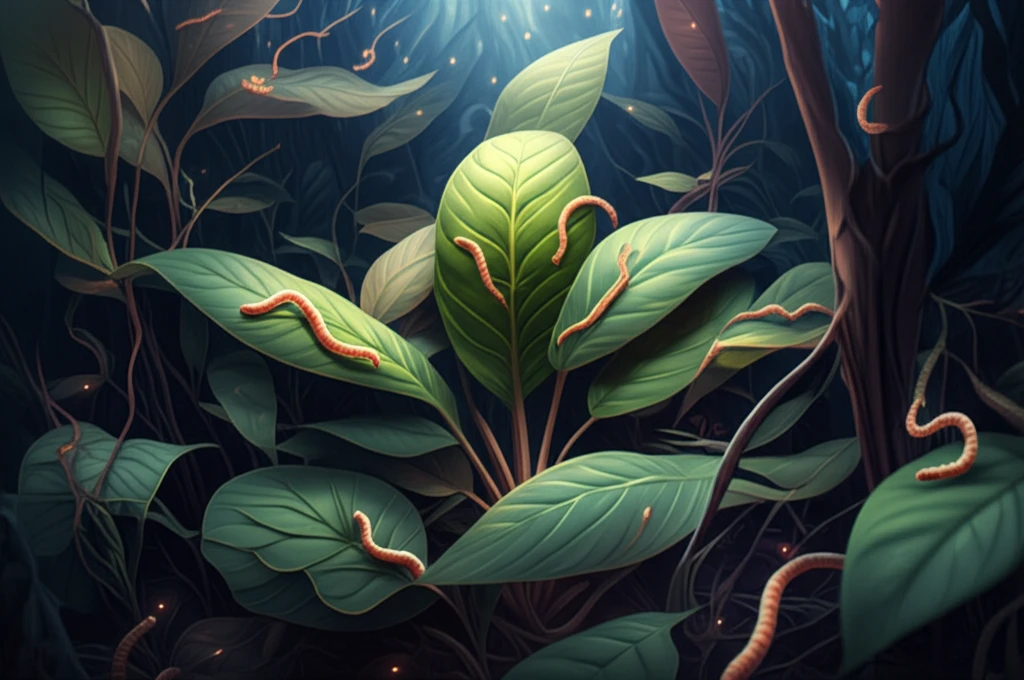
Natural Worm Fighters: How Plant Extracts Can Help You Ditch Synthetic Dewormers
"Unlock the potential of Phrynium imbricatum and other natural remedies in the fight against parasitic worms, offering a safe and effective alternative to conventional treatments."
For centuries, traditional medicine has turned to the plant kingdom for solutions to a wide range of health problems. Even before the advent of modern pharmaceuticals, various cultures relied on the therapeutic properties of plants to combat diseases and promote overall well-being. Today, as we grapple with concerns about the side effects and growing resistance to synthetic drugs, scientists are revisiting these ancient remedies, seeking to unlock their hidden potential.
One area of particular interest is the use of plants to fight parasitic worm infections. These infections, which affect billions worldwide, especially in developing countries, can lead to chronic illness and impaired development. Traditional treatments often involve synthetic anthelmintic drugs, but their widespread use has led to the emergence of drug-resistant parasites, creating an urgent need for new and effective alternatives.
In a recent study, researchers investigated the anthelmintic properties of Phrynium imbricatum, a plant traditionally used in certain regions of Asia. The results offer promising insights into the potential of this plant, and others like it, as a source of natural anthelmintic compounds.
Unveiling Phrynium imbricatum: A Natural Anthelmintic Powerhouse

The study, led by Mohammad Shah Hafez Kabir and colleagues, focused on evaluating the effectiveness of ethanol extracts and various fractions from Phrynium imbricatum leaves against aquarium worms (Tubifex tubifex) in vitro. These worms serve as a model for intestinal parasites due to their anatomical similarities. The research also aimed to determine the total condensed tannin content within the plant extracts, as tannins are known for their anthelmintic properties.
- The ethanol extract of Phrynium imbricatum (EEPI) exhibited the strongest anthelmintic activity compared to all other fractions.
- EEPI at 20 mg/ml paralyzed the worms in just 3.69 minutes and caused death in 14.28 minutes, closely approaching the efficacy of the standard drug, Levamisole.
- The content of condensed tannins was highest in EEPI (168.44 mg catechin/g) compared to the other fractions, suggesting a correlation between tannin content and anthelmintic activity.
- The overall order of anthelmintic activity was: EEPI > Chloroform fraction > Ethyl acetate fraction > n-Hexane fraction > Petroleum ether fraction.
The Future of Natural Anthelmintics
While the study on Phrynium imbricatum provides valuable insights, further research is needed to fully understand its potential and ensure its safe and effective use. Identifying the specific active compounds responsible for the anthelmintic activity, conducting clinical trials to evaluate its efficacy in humans, and assessing its potential toxicity are crucial steps forward. Nevertheless, this research offers a promising glimpse into the power of nature to combat parasitic infections and contribute to a healthier future for all.
